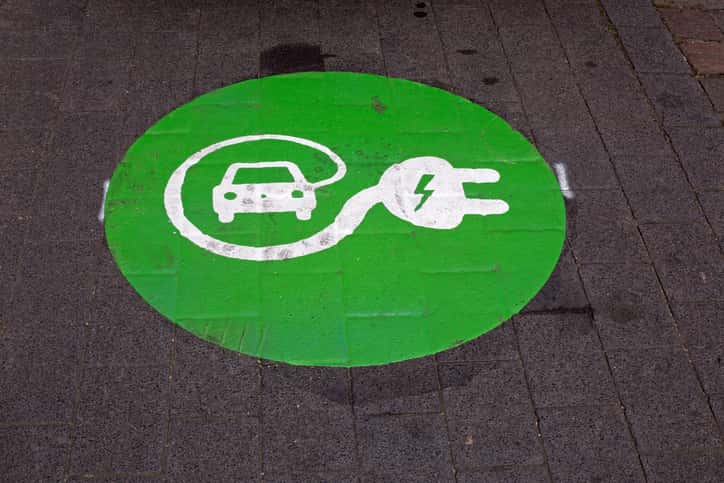The Edison Electric Institute (EEI) and the Institute for Electric Innovation (IEI) have released a new report, Plug-in Electric Vehicle Sales Forecast Through 2025 and the Charging Infrastructure Required, which projects more than 7 million plug-in electric vehicles (PEVs) will be on U.S. roads by 2025.
The report also assesses the charging infrastructure necessary to support this growth, projecting an estimated 5 million charging ports will be needed.
Today, the majority of PEV charging occurs at home. However, as PEVs become more common, customers will expect to have the ability to charge their vehicles at work and at public places. The report finds that an estimated 2.2 million of the 5 million charging ports will be developed as away-from-home charging stations and highlights the PEV infrastructure development efforts already underway in several states.
“America’s electric companies are leading efforts to advance the electrification of the transportation sector, and these companies are well-positioned to develop the charging infrastructure we need to support 7 million PEVs by 2025,” says EEI President Tom Kuhn. “Electric transportation is a win-win, meeting customer needs while also supporting America’s energy security and sustainability.”
PEV sales are expected to represent 7% of all vehicle sales by 2025, with PEVs projected to make up 3% of all vehicles (cars and light trucks) registered in the U.S.
Developing charging ports and the accompanying infrastructure requires significant investment, which includes the cost of the equipment itself, installation costs, permits and inspections. The electric power industry already is pursuing new solutions to help develop PEV charging infrastructure and to plan for the smart integration of PEVs into the energy grid.
The report notes that electric companies are currently taking the following approaches:
- Developing “make-ready” energy grid infrastructure that can integrate new and upgraded PEV charging connections;
- Owning and operating charging stations;
- Offering electric rates that incentivize PEV charging at specific times of the day; and
- Connecting site hosts with PEV charging equipment providers.
“Convenient connections between the growing numbers of PEVs and the energy grid will require new equipment and investment,” says IEI Executive Director Lisa Wood. “Electric companies are rising to the challenge, developing innovative infrastructure solutions to support the growth of PEVs and to serve the evolving needs of customers.”
The report provides four examples of how electric companies across the country already are engaged in PEV charging infrastructure development, including the following:
- In 2016, the California Public Utilities Commission approved PEV charging pilots for its regulated electric companies – Pacific Gas and Electric Company, San Diego Gas & Electric, and Southern California Edison – that will establish 12,500 new charging locations.
- Avista is installing and will own 265 Level 2 charging stations in homes, workplaces, fleet yards, and multi-unit dwellings, as well as 7 DC fast chargers, in Spokane, WA.
- Georgia Power is installing and will own, operate and maintain more than 35 charging “islands” in public locations throughout Georgia, each consisting of a DC fast charger and a Level 2 charger, including both CHAdeMO and CCS combo connectors. However, the charging island at the new SunTrust Park (Atlanta Braves stadium) consists of one DC fast charger and eight dual port Level 2 chargers.
- Kansas City Power & Light is installing and will own approximately 1,000 Level 2 charging stations and 15 DC fast chargers in public locations in and around Kansas City as part of its Clean Charge Network. The first two years of the program provided free charging to PEV drivers who joined the Clean Charge Network.
Click here for the full report.





